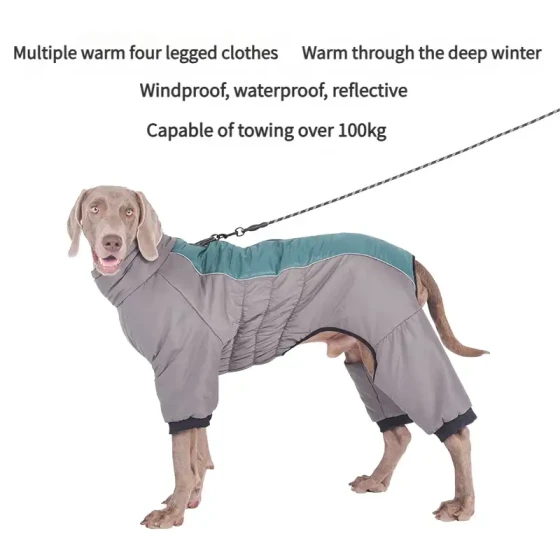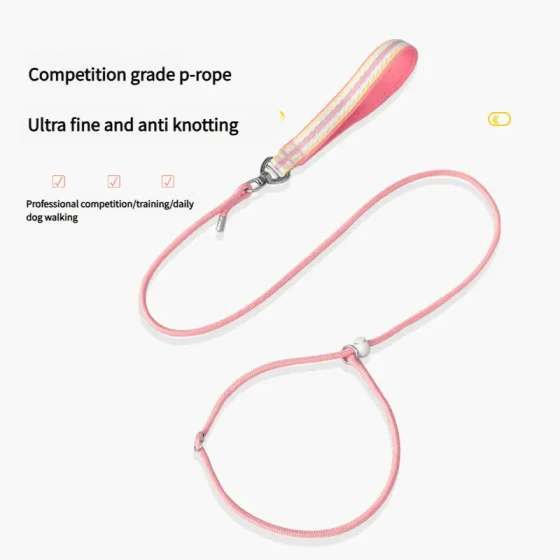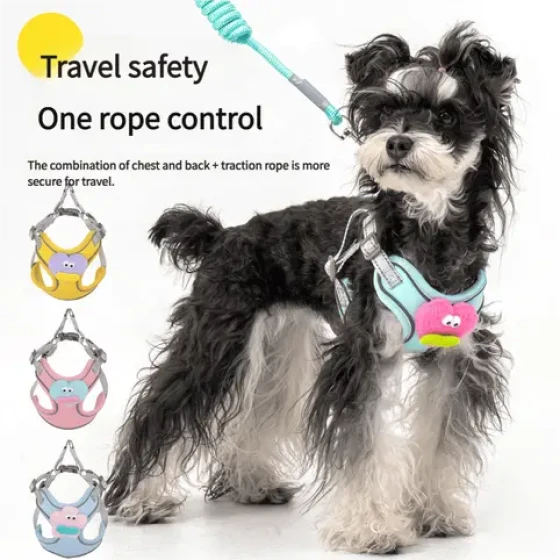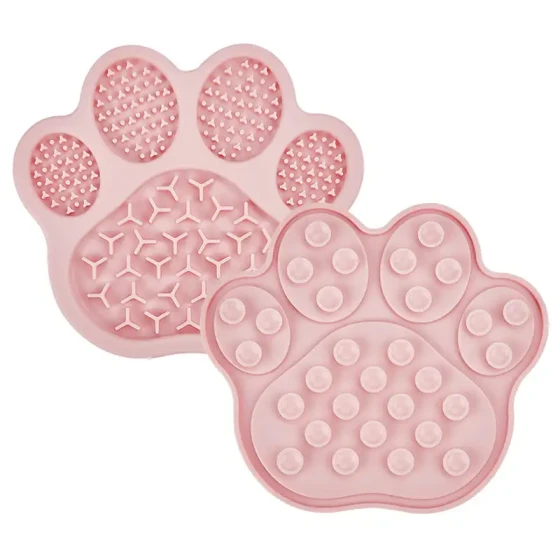Dog's Normal Body Parts Easily Mistaken

Dewclaws can be surgically removed
Although many owners play with their dogs daily, they may rarely observe them carefully. Some parts of a dog are hidden under the fur, making them hard to notice. If accidentally found, these parts may be mistakenly thought to be abnormal.
1. Dewclaw
Many owners are somewhat familiar with this. However, those new to raising dogs might have occasional questions. A dewclaw is a normal structure. It is a vestigial toe found in some animals such as many mammals, birds, and reptiles. For digitigrade animals like dogs and cats, dewclaws usually grow on the legs and do not contact the ground when standing. Dewclaws are located on the inner side of the leg, similar in position to the human thumb.
Dogs’ dewclaws typically appear on the front limbs, occasionally on the hind limbs. This means most dogs have five toes on each front paw and four toes on each hind paw. However, some dogs may have five or even six toes on the hind limbs.
Because dewclaws do not touch the ground, they aren’t naturally worn down through activity. To prevent them from growing too long, curling, and embedding into the flesh, it’s important to regularly trim them. Keep dewclaws at a safe length that won’t injure the dog.
2. Ear Skin Flap
Some owners may notice a fold-like structure when examining their dog's ears. This flap-shaped structure is called the cutaneous marginal pouch, affectionately known as Henry’s pocket. This special structure alters sound transmission pathways, aiding cats and dogs in detecting high-frequency sounds.

Observe your dog carefully
3. Third Eyelid
Sometimes, when cats or dogs are asleep, their owners may see a white or pinkish “membrane” at the inner corner of the eye. Don't worry, this is also a normal structure. This membranous structure is the third eyelid, which protects and cleans the eye’s surface. Because it resembles an eyelid, it’s also called the “third eyelid.” If this membrane appears red, congested, swollen, protruding, overexposed, or if there is excessive tearing, it may indicate eye disease and you should consult a veterinarian promptly.
4. Navel
Some owners may find a small scar-like mark in the middle just before the penultimate pair of nipples on their pet. Don’t worry; this isn’t a skin disease but the dog’s navel. Like humans, cats and dogs are mammals. Puppies receive nutrients and eliminate waste through the umbilical cord while in the mother’s womb. After birth, the mother bites off the cord, and after a few days, the cord falls off leaving a tiny scar. Compared to human navels, a dog's navel is flatter and quickly covered by fur, making it hardly visible.
5. Black Mucous Membranes Inside Mouth and Nose Spots
Both cats and dogs have pigmented areas in their oral mucosa, which means some parts appear pink, while others are black. This is normal, especially common in cats.
These changes in skin color result from increased melanocytes and are usually benign with no health impact. The following criteria are used to judge if these black spots are normal:
They should be flat, without obvious raised feeling. Usually, sizes from 1-10mm are common and normal. If not meeting these standards, pathological changes need to be suspected.


-560x560.webp)


